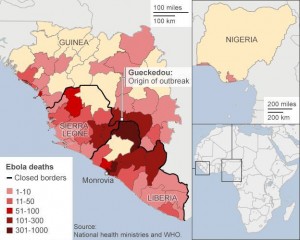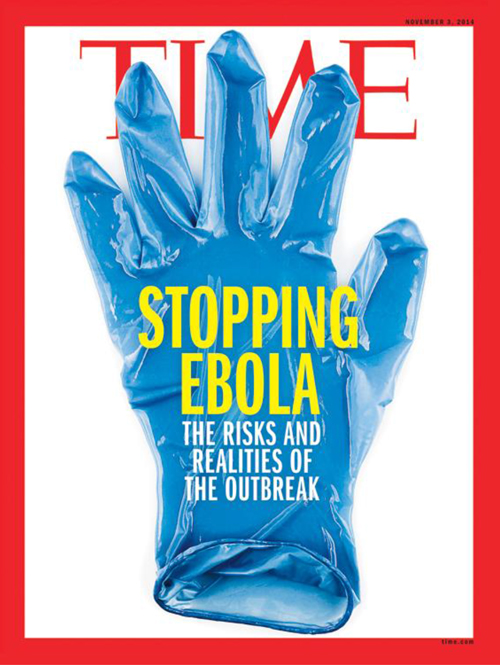For the past few months, the subject of Ebola has dominated the headlines of major newspapers. Earlier in March, the CDC (Center for Disease Control and Prevention) first reported the outbreak of the virus in Guinea, a West African nation, with an initial total of 86 cases. By July, the disease had already spread to neighboring countries such as Liberia and Sierra Leone. As of October 25, the number of infected in West Africa has reached 10,114, and the number of Ebola deaths is around 4,900.
Contrary to popular belief, Ebola spreads through contact with body fluids, as opposed to through the air. Even so, West African nations have struggled to contain the disease. A major factor that has prevented a successful containment of the virus is that these countries are simply ill equipped to handle it. Already plagued with poverty and internal strife, West Africa lacks substantial resources to aid the few doctors and nurses it has. Furthermore, when a West African dies, it is a tradition to wash and dress the body, carrying it around the community.
The disease’s reputation for high fatality rates has understandably spread panic throughout West Africa. For example, a Red Cross team was attacked as they attempted to collect Ebola infected bodies. Similar instances include the abduction and murder of 8 people, including health workers and journalists, in Guinea. Not only has Ebola spread throughout the world, but panic and uncertainty over the disease have followed. After Spanish nurse Teresa Romero was diagnosed with the virus outside of West Africa, the realities of the disease became more apparent to the outside world. Indeed, on August 8, the World Health Organization (WHO) declared the Ebola outbreak an epidemic.
Fear remains high in the public as the outbreak of Ebola continues.

Stats: http://www.cdc.gov/vhf/ebola/outbreaks/2014-west-africa/case-counts.html


Be the first to comment on "Ebola"